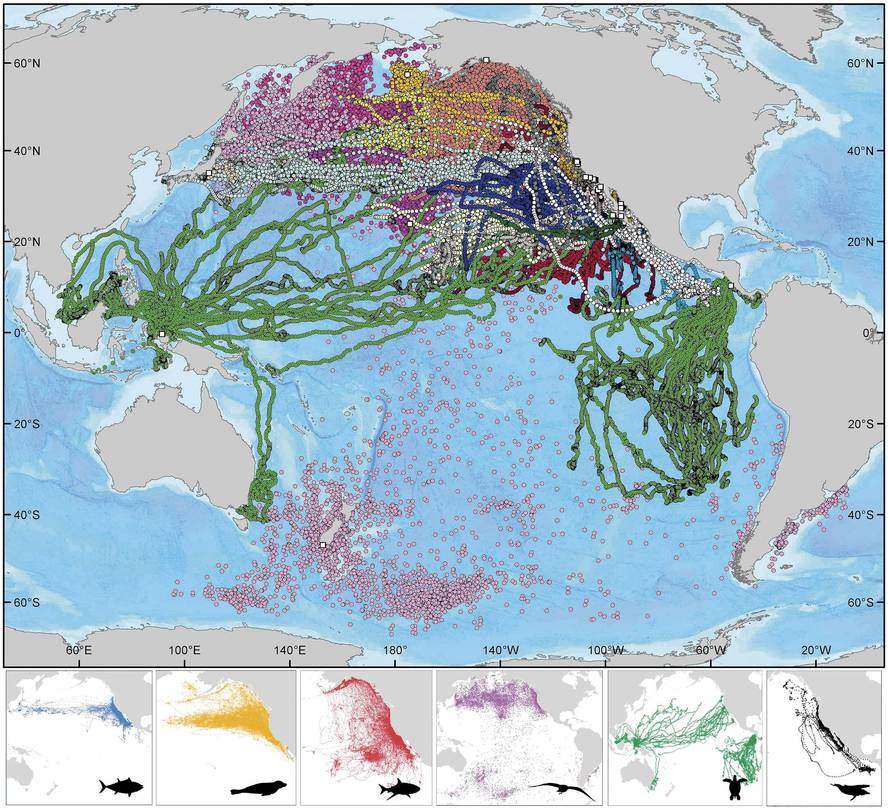They find migratory corridors following marine predators
Two large areas of the Pacific Ocean, one equivalent to the western coast of the United States, and the other, between Hawaii and Alaska, enter the migratory route of large marine predators, from tuna to whales. Some scientists from Census of Marine Life have reached this conclusion by comparing the migratory routes of numerous predators. The results have been published in the journal Nature.
To track their routes during migrations, researchers used 4,306 electronic devices between 2000 and 2009. Thus, 1,791 individuals from 23 different species were known. Later, researcher Barbara Block of the University of Stanford (main author of the article), pointed out in the web of Nature that they had done something that until then no one had done: all migration pathways were joined and analyzed if they share spaces.
Block has claimed that the two "hot spots" found are rich in food and, above all, in primary production. "They are like savannahs in the sea," he says.






